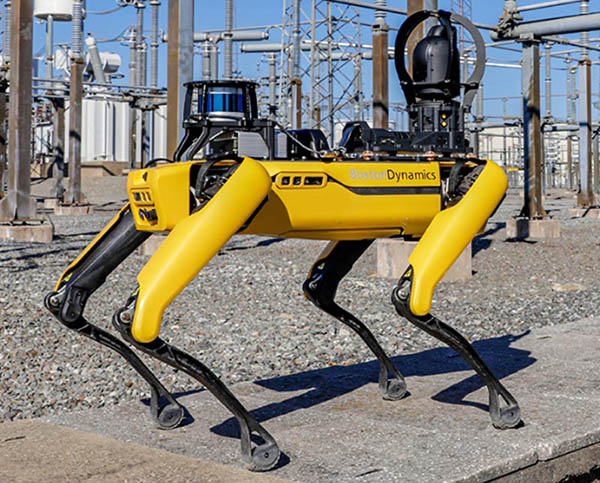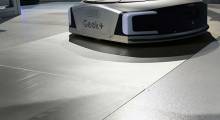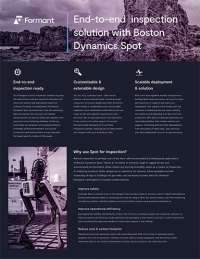Turn, Italy-based Reply S.p.A. yesterday said that it has developed an end-to-end architecture for autonomous mobile robots on Microsoft Azure that can enable new business applications across industries, reduce upfront costs, and allow for the rapid implementation of customer-specific use cases.
“This platform sets the power of Microsoft Azure on the move by bringing it from the cloud to the edge and into highly advanced mobile robotic devices, giving them the autonomy to unlock novel business use cases,” stated Filippo Rizzante, chief technology officer of Reply. “Thanks to the agile reference architecture, we are able to implement customer-specific use cases in various industries that include all types of mobile robots or drones.”
Founded in 1997, Reply designs and implements systems based on new communication channels and digital media. As a network of highly specialized companies, Reply said it defines and develops business models enabled by artificial intelligence, big data, cloud computing, digital media, and the Internet of Things (IoT). The company offers consulting, systems integration, and digital services to the telecommunications and media, manufacturing and services, banking and insurance, and public sectors.
Applying Microsoft Azure in growing AMR market
Autonomous mobile robots (AMRs) are able to move independently from a central infrastructure on terrain that is not traditionally designed for robots, noted Reply. They can be used in environments that are hazardous for people.
The global market for automated guided vehicle (AGVs) and AMRs is expected to reach $13.2 billion by 2026, with a compound annual growth rate (CAGR) of around 35%, according to Research and Markets.com. Both AGVs and AMRs collectively are going to cross the installed base of 1.5 million in the next five years, as mobile robots become the new normal across day-to-day operations, said Reply.
“Reply is a long-term, trusted partner in delivering Azure IoT solutions, and we’re delighted to continue our collaboration on this new scalable robotics offering,” said Lakecia Gunter, vice president and general manager of global IoT channel at Microsoft. “By leveraging Microsoft Azure, we can help accelerate this transformation by making it easier for businesses to bring AI and analytics capabilities to these autonomous systems in a consistent and secure way.”
Reply works with Boston Dynamics' Spot
Rental or leasing companies must inspect vehicles for any damage after they are returned in order to ensure the safety and quality of their fleet for their customers. This is usually done in the time- and cost-consuming manual process of walking around the car, visually inspecting it, assessing the severity of the damage, and conducting a damage report.
The solution combines Microsoft Azure services, the agility of Boston Dynamics' Spot quadruped robot and Reply’s knowledge of intelligent cloud computing services, edge computing, and artificial intelligence. To demonstrate the capabilities of a scalable and versatile robotics platform, Reply created a system to automate inspection for vehicle damage at rental or leasing companies that use its architecture.
Reply integrates Azure Cognitive Services, Machine Learning, and DevOps as well as Power Apps and Power BI. Thanks to Azure's intelligent service foundation, agile workflows and machine learning, this process can be fully automated.
Using computer vision, the Spot robot moves freely through the parking area and scans the license plates to find the right vehicle. Once detected, it walks around the vehicle to record its condition by continuously collecting visual data with its camera and sensors.
This information is processed “on the edge” or transmitted to the cloud, where advanced image recognition and machine leaning algorithms perform the damage detection, said Reply. All detected damages are saved in the return protocol, and they can be presented to the customer and the fleet manager for approval.
Article topics
Email Sign Up



















